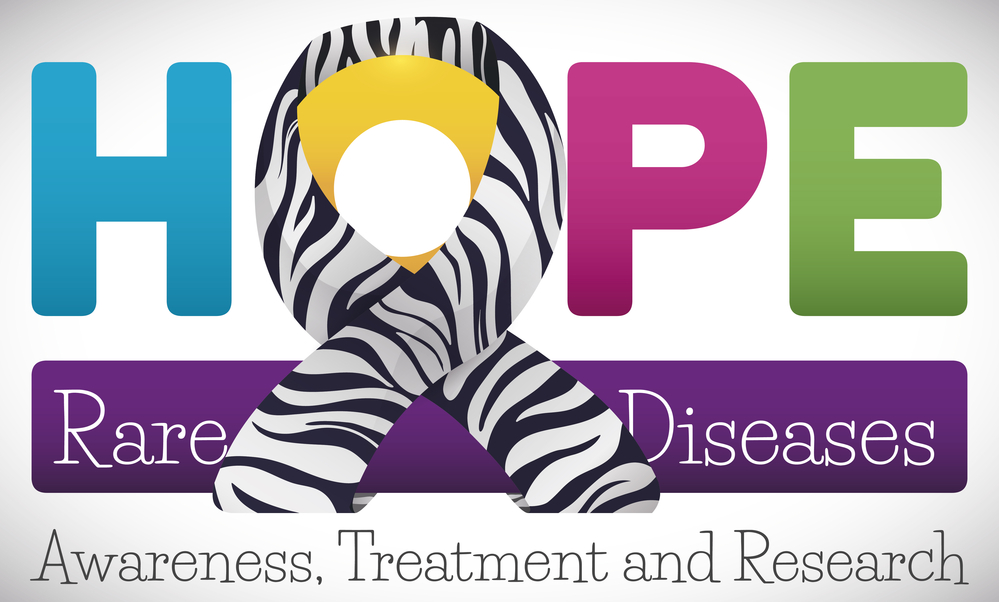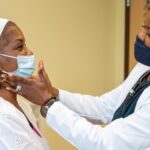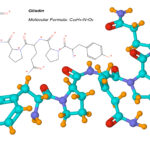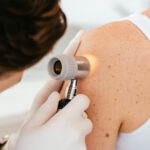By Madeleine Kates
Often, medical professionals are taught that when they hear hoofbeats, they should look for horses, which would be the most common explanation for the sound. However, what if the hoofbeats are coming from a zebra? Roughly three million individuals worldwide live with a rare disease, defined as a condition that affects less than 200,000 people in the U.S. The National Institutes of Health (NIH) categorizes 7,000 such diseases.
The zebra and zebra-striped ribbon are symbols for individuals living with rare diseases. This is because, while these diseases are not frequently seen in medical offices, they do exist, and patients face challenges in finding a provider with significant knowledge of their condition. Familiar rare diseases include cystic fibrosis, connective tissue disorders such as Ehlers-Danlos Syndrome, certain types of anemia and cancers, and the sleep disorder narcolepsy, but there are many more you’ve likely never heard of, including Stiff Person Syndrome (see page 33.)
The causes of rare diseases vary, but can include genetic abnormalities, injuries, or exposure to certain infections or hazardous materials. Unless a disease presents outwardly, or with specific symptoms, patients can suffer for years into adulthood without a proper diagnosis, as symptoms may be confusing or vague.
Rare Disease Day, celebrated on February 29, is an acknowledgement for those affected by a rare condition. A common issue for many affected patients is receiving an inaccurate diagnosis or incorrect guidance from physicians unfamiliar with signs and symptoms of these unusual conditions. Another challenge is the lack of available treatments and insurance coverage for specialized treatments or unexpected expenses.
As a patient with a rare disease, I view this month as a celebration of medical progress, and as an opportunity to bring together small communities of patients to share a common goal of increasing awareness of the need for research, and hope for finding new treatments. In my experience, I cannot count the number of times providers have told me, “You can’t have that, it’s rare.” It’s also not uncommon to hear, “I saw a paragraph about this in a medical school textbook.” There’s nothing more disturbing than watching your doctor pull up Wikipedia during an office visit.
If you are diagnosed with a rare disease, don’t assume everyone knows what it is or how to treat you in a medical emergency. It is important to be an active participant in your health. Remember to bring information about your condition to all medical visits. A medical alert bracelet or tag on your wallet helps providers and others around you know what to do in a medical emergency.
Just because a disease is rare in the population does not mean it should be forgotten, overlooked, or discounted. For more information and downloadable materials about rare diseases, visit https://rarediseases.org/rare-disease-day/
Madeleine Kates is a graduate student studying Nutrition Science at the University of Pennsylvania, with undergraduate degrees in Environmental Science, Life Science, and Psychology from Niagara University. She also holds certificates in Plant-Based Nutrition from Cornell University, and Harvard University CHEF Coaching.












